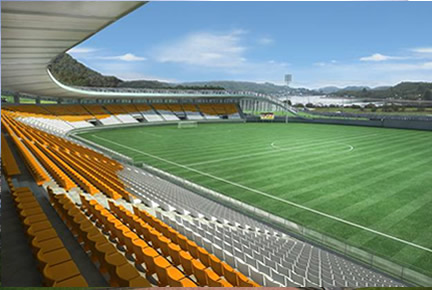Effect of natural pozzolans on porosity and pore connectivity of concrete with time
Keywords:
Pozzolans, chloride ion, rate of absorption, permeability, durabilityAbstract
Pozzolanic materials in portland cement concrete mixtures hydrate forming new calcium silicate hydrates which improve durability of concrete structures. The aim of this research was to enhance the understanding of the role of natural pozzolans in concrete performance. This study characterized porosity and pore connectivity of concrete mixtures as function of the content of natural pozzolans. The experimental program measured compressive strength and permeability of concrete mixtures with different levels of cement replacement by natural pozzolans between 28 and 84 days of age, so the effect of pozzolans could be assessed as a function of time. Results clearly show that the gain in impermeability of concrete due to the use of natural pozzolans is much more pronounced that the effect in compressive strength. For instance, concrete with 33% of cement replaced by natural pozzolans had a compressive strength 27% lower that those with no pozzolans replacement; nevertheless, their impermeability was approximately 200% superior to those with no pozzolans replacement. Chloride ion permeability and rate of water absorption showed low variability and good correlation with pozzolanic reactions. It can be concluded that it is important to control compressive strength and permeability independently because they are affected very differently by pozzolanic reactions; also, for taking advantage of natural pozzolans in concrete, it is important to specify and measure permeability at late ages.


